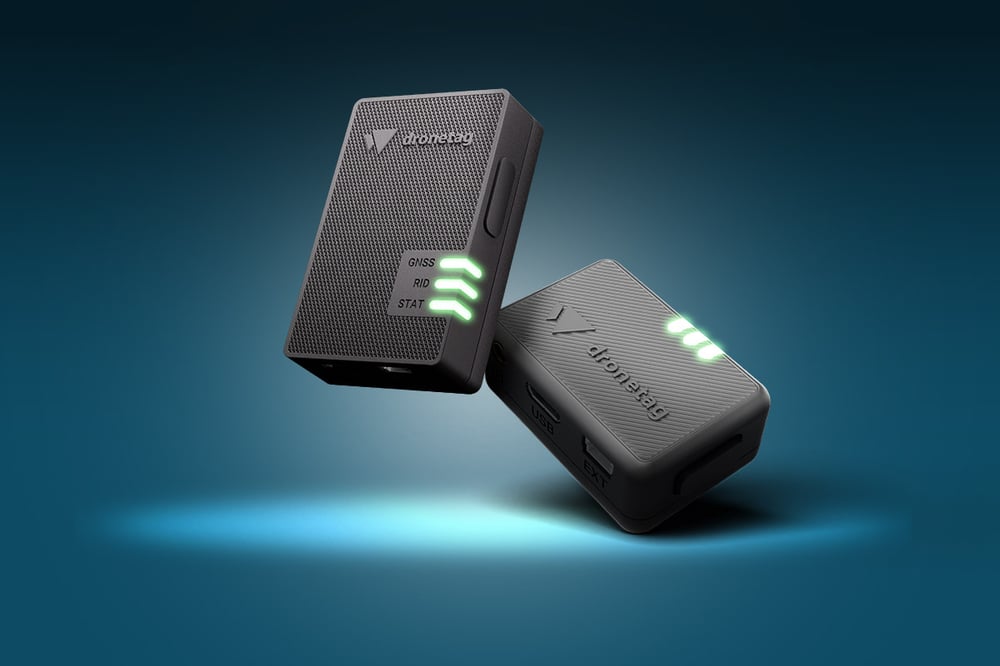Navigating the Legal Landscape of Recreational Flying

Drones offer enthusiasts an array of possibilities, from enhancing photography skills to simply enjoying a leisurely flight. However, as with any emerging technology, the surge in drone popularity has given rise to legal considerations and uncertainties that, when understood, can lead to a more positive and responsible use of this exciting technology. Violating airspace restrictions, flying without necessary permits, or invading privacy can result in legal consequences and penalties. In essence, by embracing drone regulations, you're not just safeguarding yourself from legal troubles; you're actively shaping a future where drones are celebrated for their creativity, innovation, and positive contributions to society.
Understanding Drone Regulations
Drone regulations in the USA are part of Federal law, so they are applicable across all states unless specified otherwise. The Federal Aviation Administration (FAA) has established fundamental guidelines applicable to both recreational and commercial drone use. These guidelines serve to ensure safe and responsible drone operation. Here are the key regulations outlined by the FAA:
- Altitude Limitation: All drones must operate at or below a maximum height of 400 feet. This restriction is in place to prevent interference with manned aircraft and maintain safe airspace.
- Registration Requirement: Your drone must be registered with the FAA. Additionally, the weight of the drone should not exceed 55 pounds (approximately 25 kilograms). This registration process aids in identifying drone owners and promotes accountability in drone usage.
- No Drone Zones: Prohibited areas, referred to as No Drone Zones, exist where drone operation is restricted; these areas include government buildings, military bases, and national and state parks. Adhering to these restrictions is essential for national security and public safety, and violating them can involve either heavy fines or the loss of your license.
- Line of Sight Operation: Drone operators, or their designated observers, must maintain a constant visual line of sight with the drone during its operation. This ensures that the operator can promptly respond to any potential hazards and maintain control of the drone. This is especially true for recreational flyers that may not qualify for BVLOS (Beyond Visual Line of Sight) exemptions.

- B4UFLY App Compliance: All drone users are required to use and comply with the B4UFLY app provided by the FAA. This application utilizes GPS technology to inform users about airspace conditions and any applicable restrictions in real-time.
- Awareness of Airspace Restrictions: Drone users must familiarize themselves with airspace restrictions and operate their drones in a manner that does not pose a threat to others. This includes being mindful of airspace limitations and respecting the privacy and safety of individuals and properties on the ground, as well as avoiding flight over people or around structures that can causes injury or damage.
- Right of Way: In the event of encountering other aircraft, drone operators are obligated to yield the right of way. This ensures the safety of both manned and unmanned aircraft, with drones giving way to larger, manned aircraft to prevent potential collisions.
The FAA has outlined specific requirements for recreational drone pilots to ensure safe and responsible operation— you can use these as a guide:
- Recreational UAS Safety Test (TRUST) Exam: Recreational drone pilots must take this exam administered by the FAA and it is mandatory to carry proof of passing the TRUST exam whenever flying a drone recreationally.
- Adherence to Community Based Organization (CBO) Safety Guidelines: Recreational drone pilots are required to follow the safety guidelines of the CBO recognized by the FAA. Examples of such organizations include the Flight Test Community Association. These organizations not only provide safety guidelines but also offer assistance in various aspects of drone aviation.
- Authorization for Controlled Airspace: Recreational drone pilots need authorization to fly in controlled airspace by obtaining permission from the relevant authorities.
- FAA Registration and Marking: Recreational drone pilots must register their drones and the FAA-issued registration number must be visibly marked on the exterior of the drone.
- Safe Flight Practices: Ensuring the safety of both the drone and the surrounding airspace is a primary responsibility for recreational drone operators.
Ensuring a seamless and trouble-free experience when operating your drone necessitates strict adherence to a set of regulations. However, the complexity can escalate when traveling, especially by air. Drone regulations exhibit significant variations from one country to another, making it imperative for international travelers to thoroughly research and comply with local regulations.
When traveling domestically, the Transport Safety Authority (TSA) allows you to carry your drone, but it’s always best to verify with your airline. Beyond primary registration, it is integral to equip your drone with a Remote identification (Remote ID) and a Dronetag. The remote ID serves a critical role by allowing the drone to provide location and tracking information to external parties during flight. To fulfill this requirement, drone operators have two options:
1) Opting for a drone equipped with an inbuilt remote ID offers a straightforward solution, or,
2) If your drone lacks this feature, the addition of a broadcast module becomes essential.

Notably, DroneTag offers cost-effective remote ID modules that seamlessly integrate with a variety of drone models. These modules not only ensure compliance with regulatory standards but also prove to be a good investment for drone operators seeking to enhance safety measures without compromising performance. As a drone pilot, a proactive approach to understanding and adhering to drone regulations is crucial for a trouble-free experience, especially when traveling.
